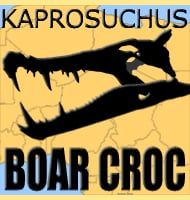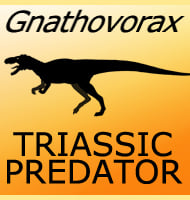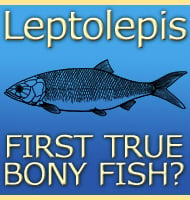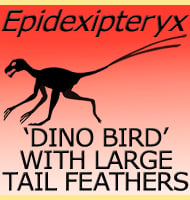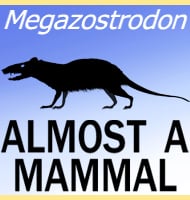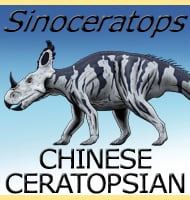In Depth
The Pachyornis genus of moa has a taxonomic history going all the way back to the early days of moa study, though like with many other moa genera, the first remains of Pachyornis were attributed to the Dinornis genus.
The Pachyornis genus was spread across virtually all of New Zealand, with P. australis being most common in the northern and southern regions of South Island, P. elephantopus being known from South Island, and P. geranoides being known from North Island, South Island and Stewart Island.
So far the largest species of Pachyornis is P. elephantopus, which can weigh as much as one hundred and forty-five kilograms, while smaller species such as P. australis were about seventy-five kilograms.
P. australis also stands out because of pitting on the back of the skull which were likely attachment points for large crest forming display feathers, hence the more common name of Crested Moa.
This pitting however has also been seen in other moa species, including other species of Pachyornis, so in this respect the crest of Pachyornis may not have been that unique amongst the moa.
As a whole, Pachyornis tend to be more heavily built than other moa genera, with the species P. elephantopus being noted as particularly robust.
Further Reading
- - Genus Pachyornis - Catalogue of the Fossil Birds in the British Museum (Natural History) - Richard Lydekker - 1891.
- - Rediscovery of the types of Dinornis curtus Owen and Palapteryx geranoides Owen, with a new synonymy (Aves: Dinornithiformes) - Tuhinga (16): 33–43 - Trevor H. Worthy - 2005.
- - Reconstructing the tempo and mode of evolution in an extinct clade of birds with ancient DNA: The giant moas of New Zealand - Proceedings of the National Academy of Sciences 102 (23): 8257–8262 - Allan J. Baker, Leon J. Huynen, Oliver Haddrath, Craig D. Millar & David M. Lambert - 2005.


